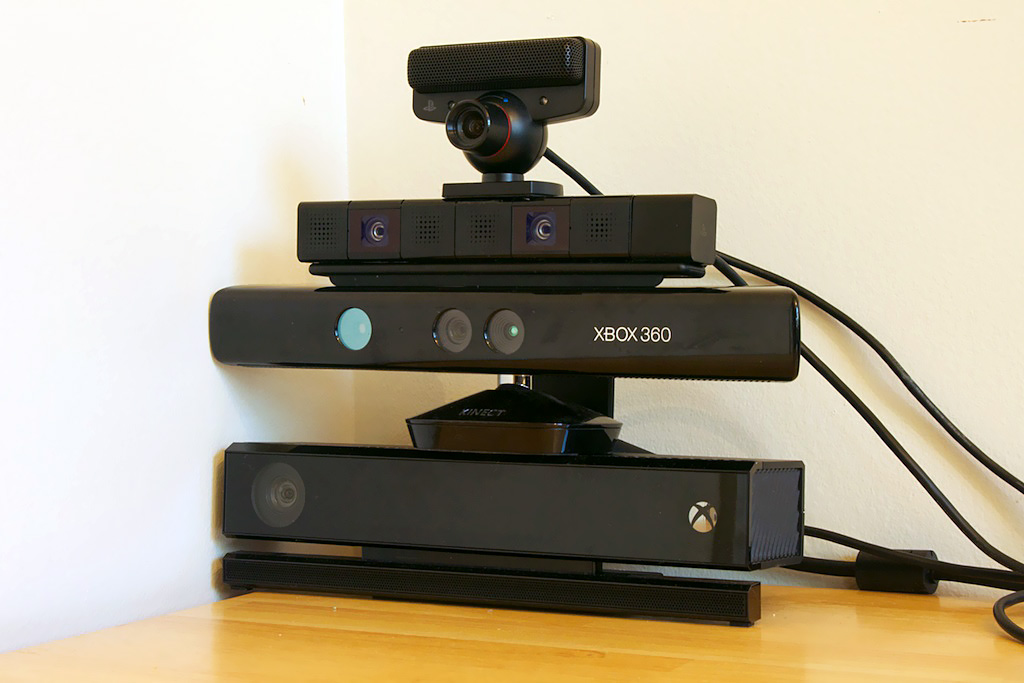Microsoft is no longer producing the USB Kinect Adapter needed to hook the latest version of the depth-sensing camera's proprietary connection to an Xbox One S, Xbox One X, or PC.
The adapter, which was briefly offered for free to Xbox One S purchasers through last March, was subsequently sold for $40 to users who still wanted to use the camera and voice-activated microphone array on more modern hardware. But Microsoft has now confirmed to Polygon that the adapter is no longer being produced, so Microsoft can "focus attention on launching new, higher fan-requested gaming accessories across Xbox One and Windows 10."
While the adapter can still be purchased second-hand (often at a significant premium), and the Kinect can still be used with original Xbox One hardware (or in Microsoft's Redmond campus store), the move is a clear, final nail in the coffin regarding any continued Kinect support on Microsoft's part.
A roller-coaster ride
It has been a long, slow death for Microsoft's Kinect initiative, which was clearly in trouble once the unit was unbundled from the standard Xbox One package in 2014 (leading almost immediately to heavily improved sales for the Kinect-free console). By the time Microsoft announced it was halting Kinect production a few months ago, both user demand and developer support for the unit had been rapidly congealing for years.
But it's worth remembering how revolutionary the original version of Kinect felt following its explosive launch on the Xbox 360 in late 2010. The prospect of playing games without a controller led the $150 peripheral to become the world's fastest-selling consumer electronics device out of the gate, with 10 million units sold in under six months.
One could see the potential signs of an impending fad in that early success, though, as a relatively low initial attach rate for Kinect software showed users weren't engaging much past the bundled Kinect Adventures and perhaps Harmonix's Dance Central. Our initial assessment of the tech noted problems with lag, resolution, a lack of buttons, and a need for lots of space that would prove key to limiting Kinect's long-term appeal.

